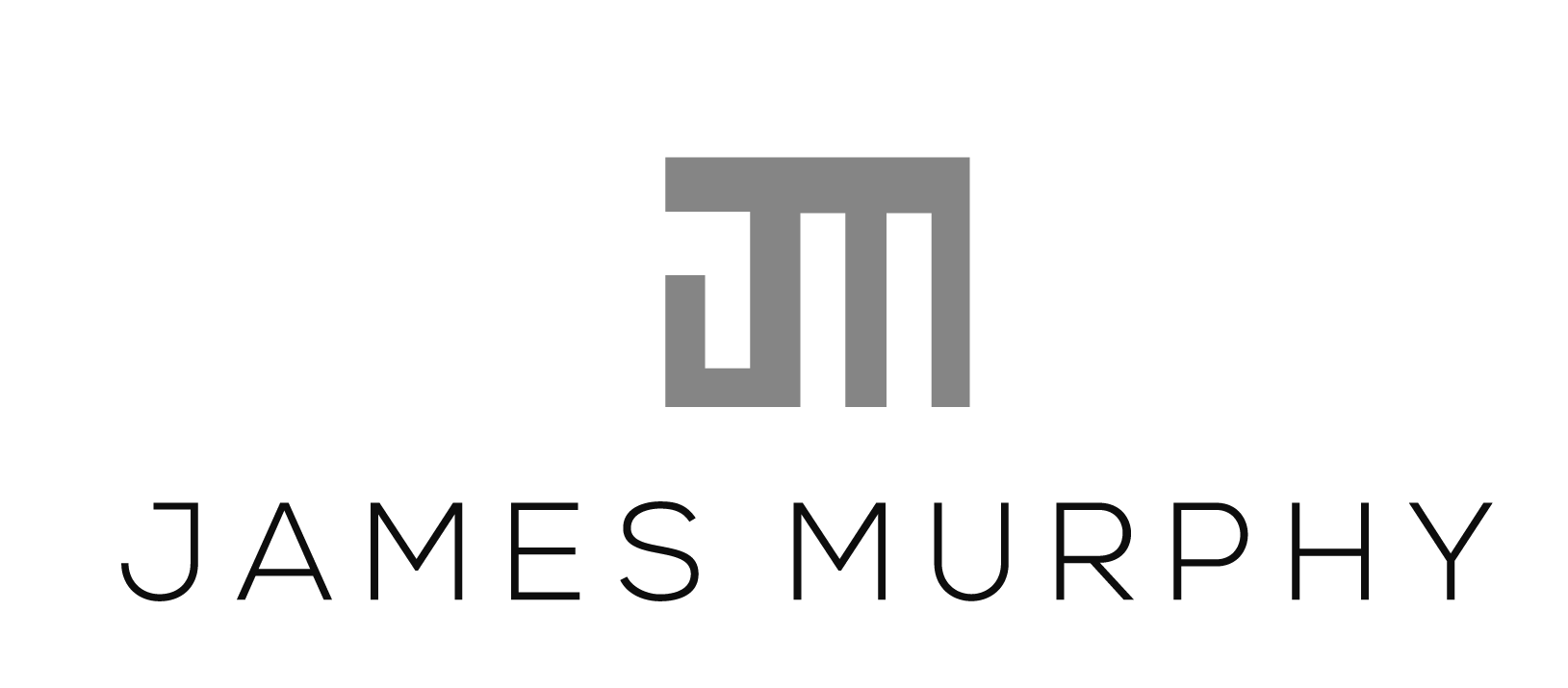Rapid prototyping process benefits are evident to the manufacturer on a budget. Efficient RP techniques can help reduce costs and eliminate design errors before mass production. Discover the other benefits of rapid prototyping to enhance your industry position.
Product designers and engineers understand how rapid prototyping has multiple benefits, allowing you to create models for examination. They enjoy reduced lead times, decreased manufacturing costs, and more intuitive designs. However, the benefits of rapid prototyping don’t stop there.
Many manufacturers use rapid prototyping to innovate new ideas and test revolutionary concepts. They work closely with talented engineers and machinists to meet standards while improving industry relevance.
Creating prototypes helps teams collaborate on specific aspects to produce the most efficient outcomes.
The rapid prototyping process involves multiple steps and can render detailed representations of complex geometries. Product developers rely on RP to eliminate shortcomings before mass production. Meanwhile, other advantages help various industries remain competitive in saturated markets. Here is what you need to know to take advantage.
Table of Contents
Rapid Prototyping Process: An Overview
Step One: Create a Three-Dimensional File
Step Two: Quote the Cost and Timeline
Step Three: Produce the Prototype
Rapid Prototyping Process Benefits
#1. Increased Production Speeds
#2. More Affordable Experimentation
#3. Comprehensive Product Testing
#4. Cost-Effective Part Consolidation
Preparing for the Rapid Prototyping Process
How to Take Advantage of the Rapid Prototyping Process
Using the Rapid Prototyping Process to Your Advantage
Rapid Prototyping Process: An Overview
The rapid prototyping process typically focuses on transferring two-dimensional concepts into scaled models for evaluation and enhancement. Specialists generally use 3D printing (or additive manufacturing) to create functional representations of various parts and assemblies. Modernized machining allows engineers and marketing teams to streamline production, testing, and distribution.
3D printing represents only a fraction of the rapid prototyping process. It offers significant advantages but is not always necessary for troubleshooting or manufacturing. Some product developers rely solely on simple RP because sophisticated computer software can demonstrate details efficiently. However, many savvy experts use 3D printing as an alternative to traditional CNC machining methods.
Rapid prototyping processes help product developers compress timelines to meet crucial deadlines.
The technique also iterates precision parts more quickly to help teams finalize a design ahead of schedule. Advanced facilities can ensure those benefits by following these four essential steps:
Step One: Create a Three-Dimensional File
Work with rapid prototyping professionals to transfer your two-dimensional blueprints into a three-dimensional on-screen model. Teams will use that file to create various components of your design during the rapid prototyping process. Advanced CAD software can also help you send and receive dense files without threatening their integrity.

We offer fast, high-quality, tailored PROTOTYPING solutions for leading companies in a wide range of industries.
superior Rapid PROTOTYPING
Step Two: Quote the Cost and Timeline
Discuss lead times and production costs using variable materials and methodologies for different goals. You can play with the numbers or discover techniques to save time and money. Remember, the rapid prototyping process should be the least expensive phase and one of the fastest.
Step Three: Produce the Prototype
The production phase is where things can become challenging for product developers with critical tolerances. Validate the crucial components, then begin this step. Understand that testing comes next. You’ll have plenty of time to correct mistakes and rework designs because the rapid prototyping process cuts out much of the waste.
DID YOU KNOW: Many rapid prototyping providers can help evaluate accuracy and industry relevance using ISO guidelines.
Rapid Prototyping Process Benefits
Prototype designing plays an essential role in manufacturing. It helps provide a more in-depth look at innovative components and updated designs.
Teams can use the rapid prototyping process to reduce surprises during production and eliminate problems during assembly.
Manufacturing companies typically use the latest programs to access advanced technologies for intuitive designing. Their equipment helps ensure maximum precision regardless of the production phase. Manufacture a prototype with the best provider to enjoy these exciting benefits:
#1. Increased Production Speeds
The rapid prototyping process expedites production by removing some of the barriers in manufacturing. Many facilities can produce parts within weeks instead of months, providing much-needed time for evaluation, re-design, and repair. Some companies also use 3D printing, CNC machining, or sheet metal fabrication to hasten outcomes without sacrificing quality.
Flexible manufacturing methods allow product developers to try different materials and geometries. Then teams can use those lean production techniques to shrink their carbon footprints and costs consistently. The rapid prototyping process eliminates wasted time on machine setup, maintenance, and disassembly.
FACT: Rapid prototyping processes continually increase in speed and efficiency.
#2. More Affordable Experimentation
Try innovative design concepts without wasting capital on premature production. The rapid prototyping process costs significantly less than on-demand manufacturing. CNC machining comes with additional fees for material procurement, tool path programming, setup configuration, and equipment management. RP eliminates many costs with speed and efficiency.
Facilities using 3D printing as part of the rapid prototyping process can enjoy even more significant savings. Experts use design files to interpret CAD model data. Then they print the piece in layers using low-cost textiles before finishing the surface with economic techniques. Depending on the part’s complexity, some manufacturers pay very little for their mockups.
FACT: Some prototype components can cost less than $100 to manufacture.
#3. Comprehensive Product Testing
Test various design elements and configurations with the rapid prototyping process. Reduce waste and decrease lead times with a punctual and practical approach. Then determine the efficacy of specific features through comprehensive examination and evaluation.
RP lets you pause, predict, and plan before proceeding.
Experts can utilize these methodologies throughout most manufacturing phases. They typically use it to fabricate complex geometries and tight tolerances without specialized tooling. The convenience helps eliminate unnecessary costs while streamlining production and promoting ingenuity.
FACT: Engineers can pare down different ideas to demonstrate functionality over aesthetics.
#4. Cost-Effective Part Consolidation
Manufacturers use the rapid prototyping process to examine single elements in multi-faceted assemblies. They usually prefer RP when assessing and enhancing end-use practicality on new concepts. However, fast manufacturing techniques can also help troubleshoot established geometries to meet or exceed industry standards.
Consolidating multiple machined parts with rapid prototyping gives engineers insights into increased functionality. They can enhance components in real-time without wasting money on mass manufacturing. This advantage helps engineers and product developers create exciting improvements without breaking the bank.
FACT: The rapid prototyping process helped college students design a racecar from scratch.
#5. Lower Risk
Seeing and touching a design before manufacturing can benefit engineers and product developers. It also helps mitigate much of the risk associated with innovative fabrication.
Teams can use the rapid prototyping process to reduce hazards, manage consequences, and improve outcomes.
They discover the various threats long before tooling creation and machine programming.
Engineers enjoy cost-effective trial and error testing to produce parts that adhere to ISO regulations and market expectations. They can repeatedly iterate specific designs or take their concepts in new directions without fudging the budget. This benefit helps teams take chances they would have otherwise avoided.
FACT: Rapid prototyping is inexpensive and convenient during each phase of production.
Facilities that use the rapid prototyping process usually possess an impressive project portfolio. You’ll likely see countless groundbreaking designs developed at a fraction of the average manufacturing cost. Ask your crew for a comprehensive breakdown of timing and pricing for a tailored scope.

We offer fast, high-quality, tailored PROTOTYPING solutions for leading companies in a wide range of industries.
superior Rapid PROTOTYPING
Preparing for the Rapid Prototyping Process
The rapid prototyping process lets you run multiple tests to make detailed calculations. Examine and adjust various elements to suit your goals and lead your industry. A physical model always provides the best foundation for comprehensive analysis and improvement.
Never escalate your project to full-scale production without RP.
Physical prototypes and scale model representations will sometimes be the only reliable source of design accuracy. Product development teams can measure, test, and conclude various aspects while adjusting others. Rapid prototyping processes are essential to producing valuable outcomes.
The keys to quality are preparation, pace, and practicality. Ensure your provider can create complex geometries and make necessary adjustments during each phase. Then discuss the schedule to align lead times with crucial industry trends. You can also ask about different geometries, sizes, and materials beforehand.
Many rapid prototyping facilities prepare with these four critical steps:
- Calculation – Determine the measurements, lead times, and tolerances.
- Design – Put together various elements and features to accomplish goals.
- Visualization – Use CAD software to create a computerized model.
- Production – Make a prototype using 3D printing and other advanced manufacturing methods.
The results of the rapid prototyping process depend on precision, communication, and testing. Meanwhile, product development teams can build full-scale models using materials intended for end-use designs. Prepare for RP services with facilities offering in-house tool-making and flexible manufacturing apparatuses.
How to Take Advantage of the Rapid Prototyping Process
Enjoy the many benefits of RP by learning about the advantages. Then prepare for processing by discussing details with your team. Experts can help you adjust elements and streamline designs before mass manufacturing. They’ll also provide insights on other ways to save time and money.
The rapid prototyping process involves multiple steps and can require special attention for various features. It may or may not involve additive manufacturing (3D printing), CNC machining, or sheet metal fabrication. Each project is different, which is why RP is essential.
Ready to reap the rewards of sophisticated software and intuitive engineering? Here are some tips for taking advantage of the rapid prototyping process:
- Use advanced production techniques to explore and create concepts more quickly.
- Move beyond mere visualization to understand complex design properties.
- Evaluate and test product elements with repeated iterations and integrated adjustments.
- Create a roadmap for development and refinement.
- Efficiently communicate concepts and adjustments with clients and colleagues.
- Maintain ISO standards throughout the rapid prototyping process.
- Use RP outcomes to minimize flaws and increase valuable volume.
- Involve rapid prototyping in each phase of product designing and manufacturing.
This versatile technique is perfect for multiple applications regardless of the industry. Explore concepts and validate ideas while eliminating assumptions and reducing risks.
Show stakeholders the value of your design before requesting capital for mass manufacturing.
RP processes help you demonstrate efficiently while determining alternative features without destroying integrity.
DID YOU KNOW: The rapid prototyping process can help bring much-needed attention to innovative ideas.
Using the Rapid Prototyping Process to Your Advantage
Creating a functional prototype only makes sense if you use it correctly. Letting your components and assemblies collect dust is not a good idea. Rapid prototyping might be inexpensive, but that doesn’t mean you should create models without expert input.
Cut costs and save even more time by allowing a reputable RP facility to shave the fat from your design. Capture the interest of crucial investors with the rapid prototyping process. Then move to mass production or integrate requests from stakeholders. You can use the actual materials or demonstrate properties using low-cost textiles.
Prove that your design works best for the industry you serve, then deliver cost-effective parts ahead of schedule. Become a leader in your industry with advanced manufacturing methodologies and precision outcomes. The rapid prototyping process can help you achieve the perfect balance between functionality and aesthetics.
Conclusion
Rapid prototyping process experts provide tangible models for demonstration, evaluation, and precision. Their services offer an in-depth look at innovative design concepts before costly fabrication. RP also helps save time and money by mitigating the risks and cutting lead times. Many clients use fast manufacturing to stay ahead of their competitors and offer exciting new products.
Functional prototypes allow engineers and product developers to understand complex concepts. They can test various elements and examine behaviors under specific circumstances. The rapid prototyping process provides more flexibility during every phase, offering the perfect size and shape for any application.
RP process experts can create scale models of complex designs for examination and enhancement. They can also help manufacturers stick to a budget without fudging lead times. The benefits of fast manufacturing are evident for any company wanting to reduce costs and eliminate errors.
 About the Author
About the Author
James Murphy is the founder and CEO of HLH Rapid – a hybrid CNC machine shop fusing Western service and quality with Eurasian industry influences for over 14 years. His advanced enterprise uncovers cost-effective rapid injection molding techniques to remain unmatched by industry competitors. Murphy’s full-service fabrication and manufacturing methods span six dedicated zones, from 3D printing and vacuum casting to sheet metal prototyping and project management. His expertise also includes high-efficiency machining within strict yet volatile markets.
Murphy earned an MBA after becoming inspired by his father’s hands-on craftsmanship. As a budding entrepreneur, he taught English and studied Chinese to pursue pioneering objectives. His groundbreaking approach helps build the future by providing well-rounded manufacturing services to innovative Western businesses. When he’s not offering upscale RP and CNC, James enjoys art-house movies, Thai boxing, and spending time with his growing family.


